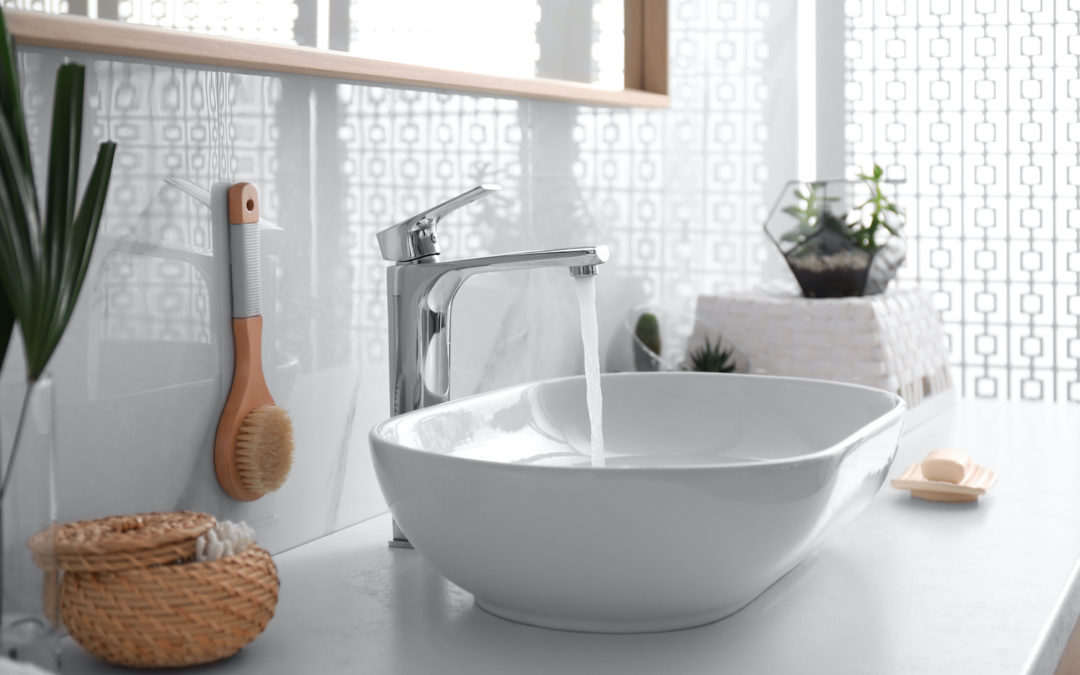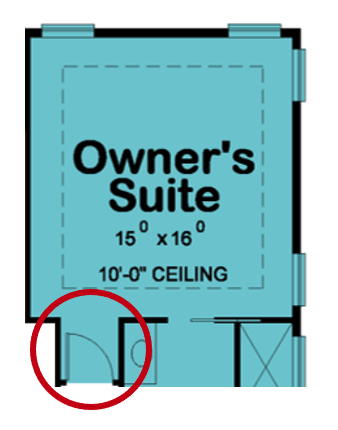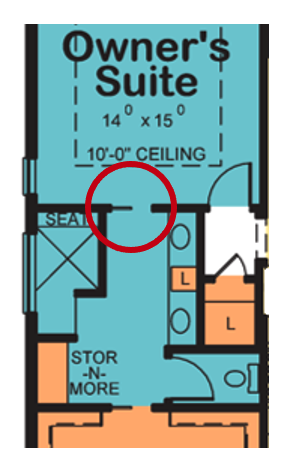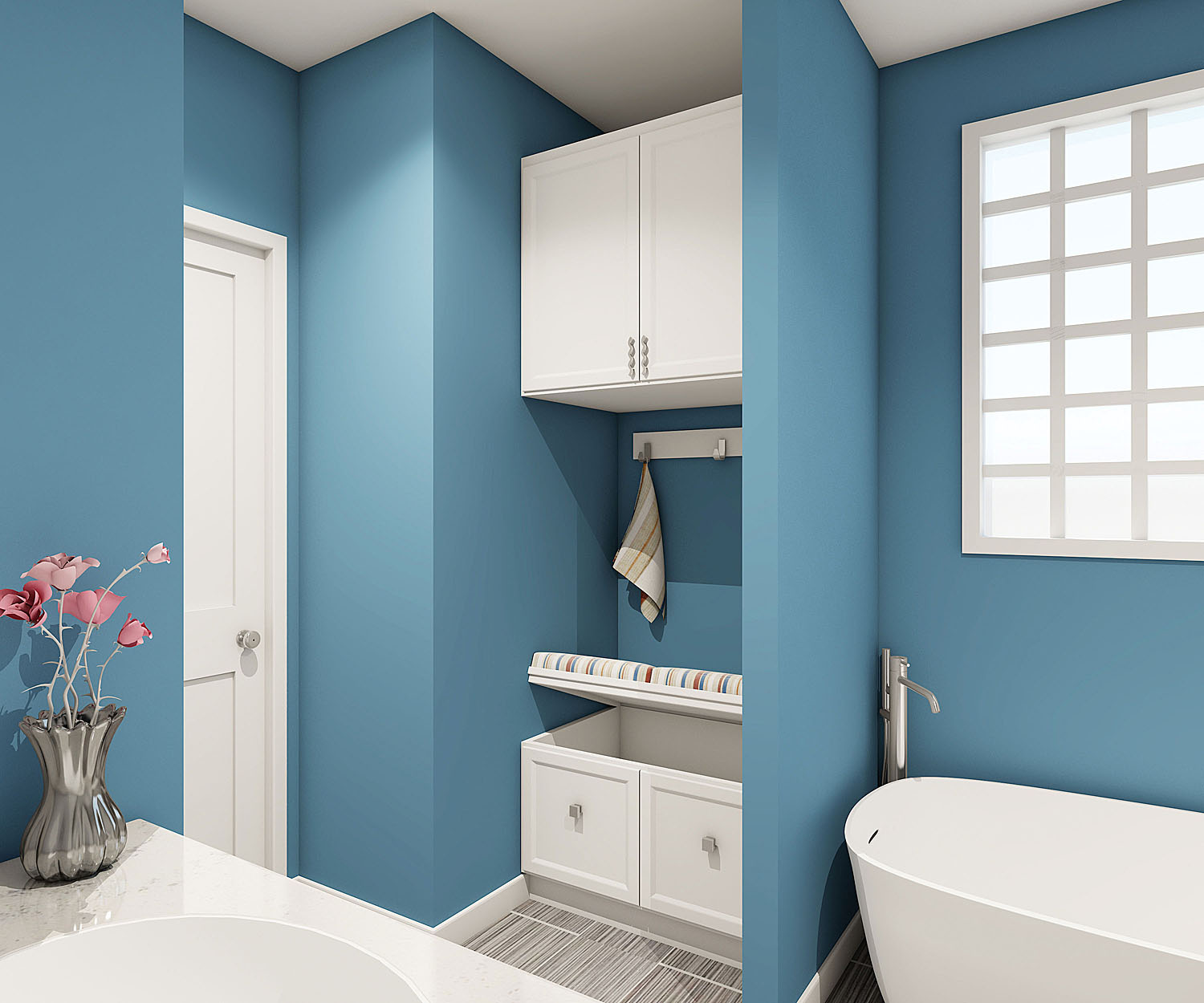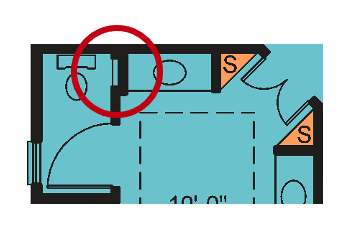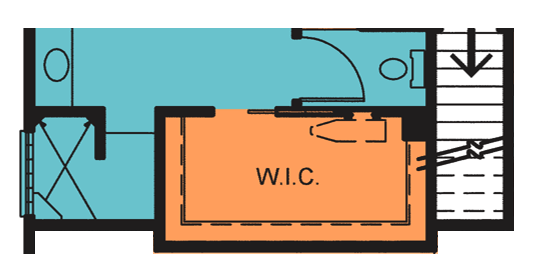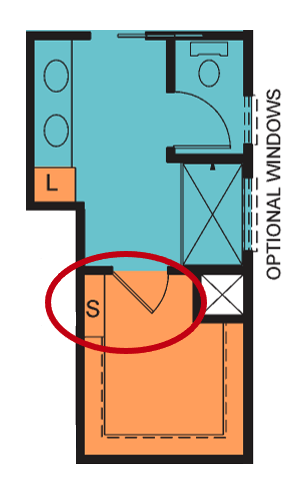Beyond the actual size of your bedrooms, bathrooms and closets, what are some ways you can maximize space in these areas of your home through design?
Bedrooms. Doors swinging into a bedroom may interfere with how you want to arrange your space. One solution, as seen in the Bonham plan, pulls the door forward into the hallway leading to the bedroom. In contrast to windows in the center, placing windows in the corners offer more placement options for your bed and furniture. And at 16-feet deep, this bedroom is large enough for a sitting area. Bedroom sitting areas maximize space, compared with trying to carve out a separate private personal space elsewhere.
Bathrooms. Maximize usability in bathroom layouts such as the Blue Hill Timbers that have a sink immediately upon entry by utilizing a sliding/pocket door rather than a hinged door that swings into the bathroom. Two separate vanities provide individual countertop space for both of you, and makeup ledges above the sinks provide further space for items you want to leave out. A private toilet area makes this bathroom more conducive to simultaneous use. With 78% of adults surveyed reporting they never use the bathtub, no bathtub in your suite bathroom provides added space for a larger shower.
Though buyers show little interest today in sit-down makeup areas, also known as “knee spaces,” we have received numerous requests for a seat in the bathroom. Replacing a traditional linen cabinet, Design Basics’ Stor-N-More™ amenity makes better use of that space by providing a padded bench that flips up for dirty clothes storage (eliminating the nuisance of laundry baskets that are always in the way), towel hooks, plus linen storage above.
Toilets behind a door are wonderful for privacy, but usually lack storage space. As seen in the Rourke plan, a storage recess/shelf appears in the wall next to the toilet for extra rolls of toilet paper and hygiene products .
Closets. A study of Design Basics’ home plans reveals new designs today dedicate about 20% more square footage to storage than comparable-size designs introduced just 10 years ago! For hanging on opposite sides, a closet needs to be about 7-feet wide (or deep.) When you can’t get that 7-feet, is a tall ceiling possible? The Slater plan shown has a 13-feet by 6-feet closet with a ceiling that’s 12-feet high. When at least 11-feet high, there’s room for three hanging rods and shelves, providing more clothes storage, plus room for a space-saving, in-wall, fold-down ironing board.
You’ll also notice a pocket door accesses the Slater’s closet, eliminating having a hinged door swinging into clothes hanging along the side. When a sliding door isn’t possible, can the door swing back into the bathroom or bedroom rather than into the closet? Yet another option is 1-foot deep shelving, such as found in the Angel Haven plan, for the door to swing against, rather than rather than clothes hanging which takes more space.
Look for next week’s blog post which looks at maximizing space in your kitchen, dining and entertaining areas. Additionally, in a couple weeks we’ll be looking at product choices which help maximize space!
For more resources on thoughtful design and products:
- View other articles on our blog
- Browse our Her Home™ Magazine
- Thoughtful Design Concepts
